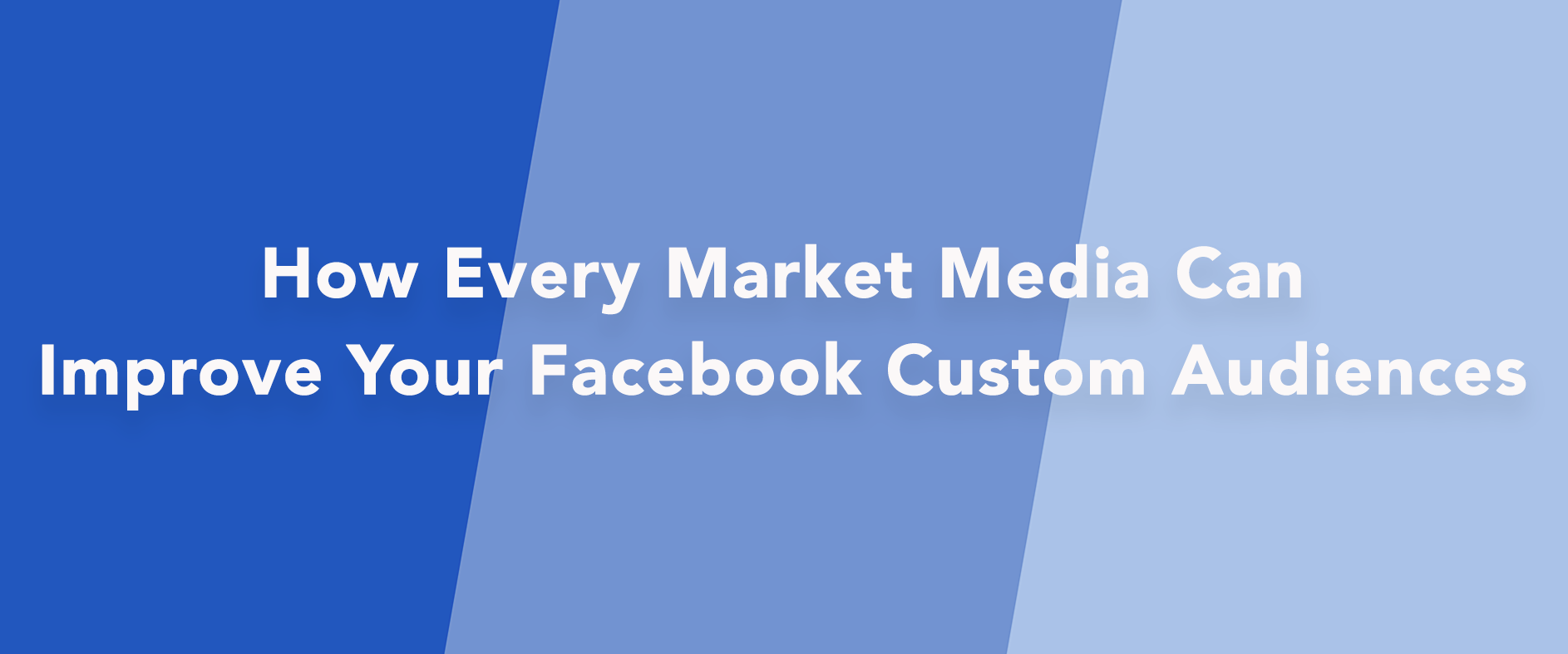
Hello again EMM readers. We’re here to tell you about linking B2B email to B2C email with EMM’s product, Linkkey™! First things first, you may have questions in regards...
The metaphors are all real: Digital marketing is the Wild West, the final frontier, the Game of proverbial Thrones.
But how do you win?
By using quality data to custom craft targeted profiles for programmatic advertising. At least, that’s one way. Listen to Rick Holmes interview Alan Osetek, CEO of Digilant, a global programmatic solutions provider, and find out how not to fail when the stakes are almost as high as the competition is fierce.
When you’re a provider using first, second, and third party data to reach consumer prospects online, you hear a lot of buzzwords around “programmatic.”
But one that’s not an exaggeration is the level of competition in a digital market. Osetek, who explains programmatic to end user marketers in terms of a war to reach consumers, knows it really is a war to reach anyone in a highly competitive, noisy market.
And whether you’re trying to sell toothpaste or data as a service, you’re going to need to use data to give yourself a serious advantage in finding and keeping customers. “So in the war to reach consumers in a B2B environment, we use the analogy of the HBO show Game of Thrones,” Osetek explains.
The simple fact is that social and programmatic are quickly becoming the mainstay of how you reach people online. “We’ve moved from a world where digital and, specifically, data was the way to reach mass audiences through TV or radio, to a world of segmented search audiences,” he says. “Now, you search for clusters or segments of people and to build custom personas and profiles.”
It’s no good to market to just anyone, because that’s a huge waste of time and money. You need to have an ideal customer in mind and use programmatic to create a profile of real people who match up the most closely.
"Think about it like direct mail. Don’t put a postcard in everyone’s box. Just put a postcard in the mailboxes of people you know already want your product or services."
Programmatic is moving to a one-to-one world online where digital will look a lot like what direct mail intel marketing has been in the last 50 years. Smart people use first, second, and third party data sets, merge them together, and build a profile. You could be trying to build a B2C profile, say, a soccer mom.
Or it could be a B2B profile, a data scientist working in the pharma industry. Either way, you start with a premise and look for different data sets that will help you meet that criteria.
"Making custom profiles in programmatic is part art, part science."
The best profiles, the ones made at Digilant, are custom created for each client. So two different clients, like the B2C or B2B, will get totally custom approaches to those groups. Every marketer is looking to reach a different audience, so every solution to digital marketing problems should be different, too. Digilant builds behind the scenes modules with algorithms that may use the same process or methodology to craft a profile, but the data input into the system is completely unique for each customer.
“The data world now is still the Wild West,” Osetek says. “You have some large established players of third party data sets, but you also have all sorts of private marketplace deals going on. These aren’t as well-known but are very high quality.” The science part of programmatic is the programming, obviously.
The art part, however, is finding those niche data sets and making the private marketplace deals with publishers or third party data marketers that drive straight to the heart of the customer profile.
In contextual marketing, “data set” means the visitors to a given internet piece of content. Like people who visit a forum to read about a vehicle. If you sell a part for that vehicle, the data of who goes to that site will be super valuable to your company, because the people in that data set already want what you have.
Using targeting display ads and building context for data sets can be very hard. (As in, if everyone could do it, there wouldn’t be a marketing war.) How do you make contextual marketing not arduous? Mining the right keywords. To build a good data set, you have to index many sites—4 or 5 million sites—daily to look for keywords that relate to something (toothpaste, cars, chips, wind energy, whatever).
In B2B, for example, there can be hundreds of thousands of keyword generated by search engine marketing. It would be a royal waste of time to comb through all those, but what happens if you take the most relevant 10 or 15 keywords? Then you can examine those keywords used in the last two months and use that to create a precise persona. Actually, this way, Digilant can look at both positive or negative sentiment built in for marketers. “So we do retargeting and remonetizing people who have been at a site,” Osetek explains. “It’s a list building technique, a keyword search in reverse.”
Most B2B and B2C marketers are spending a lot of money in search.
How do people coming from a search background successfully bring search and programmatic together?
A word of advice: It’s way better to get your own keywords and contextual targeting in programmatic so you aren’t reliant on the keywords or modifications made up by some other company’s data scientists.
"Buying prepackaged data sets is like buying prepackaged collectable cards on the slim chance there’s something rare inside. Basically, when you’re buying data sets from a third party, you can’t see what’s under the hood."
Programmatic helps sales marketers extend search by doing search keyword retargeting using an audience extension technique. Digilant takes keyword search techniques and extends them out to reach a new audience—to go find other sites that are contextually linked to those keywords. This is the whole beauty of programmatic—not having to market even to a segment but to an individually crafted group of consumers attuned exactly to your profile.
To learn more about programmatic, contact Alan on LinkedIn or email him at alan.osetek@digilant.com. To hear this episode, and many more like it, you can subscribe to The Corporate Data Show.
If you don’t use iTunes, you can listen to every episode here.

In theory, Facebook is a fantastic platform for creating or transferring custom audiences. The wealth of data Facebook holds on users, and the many options for defining...